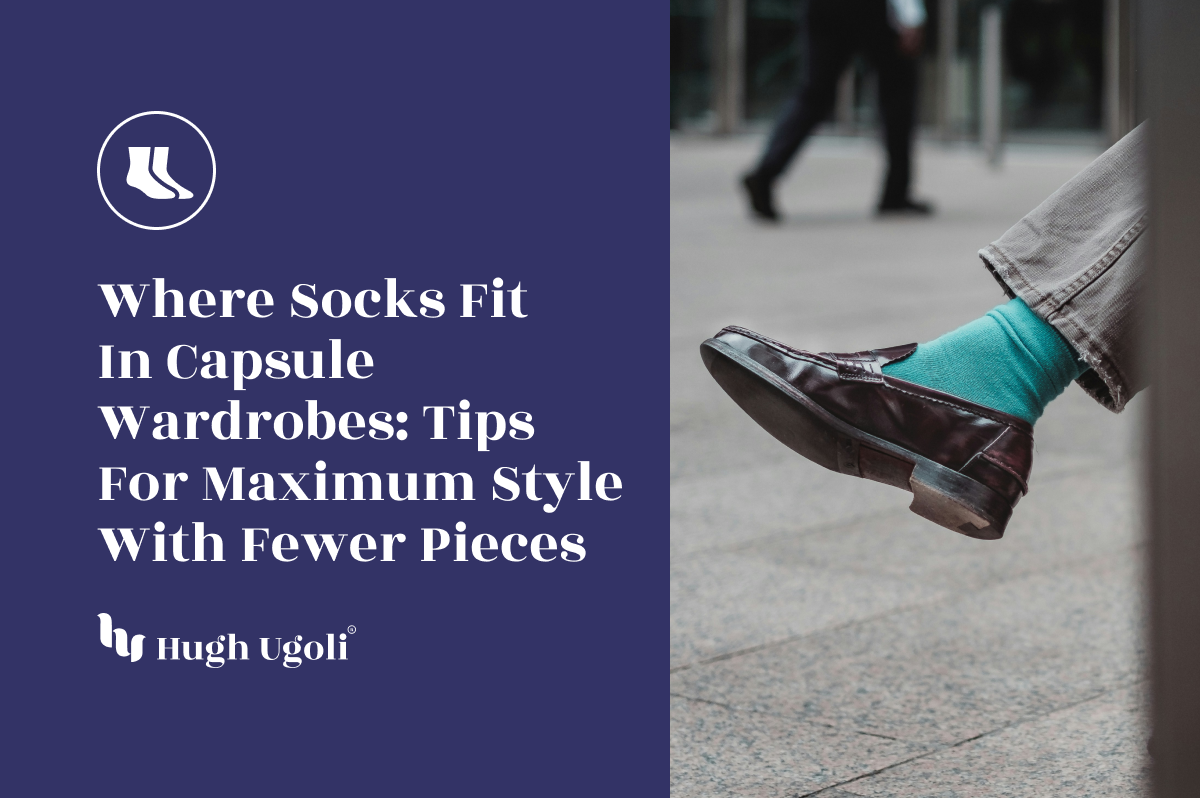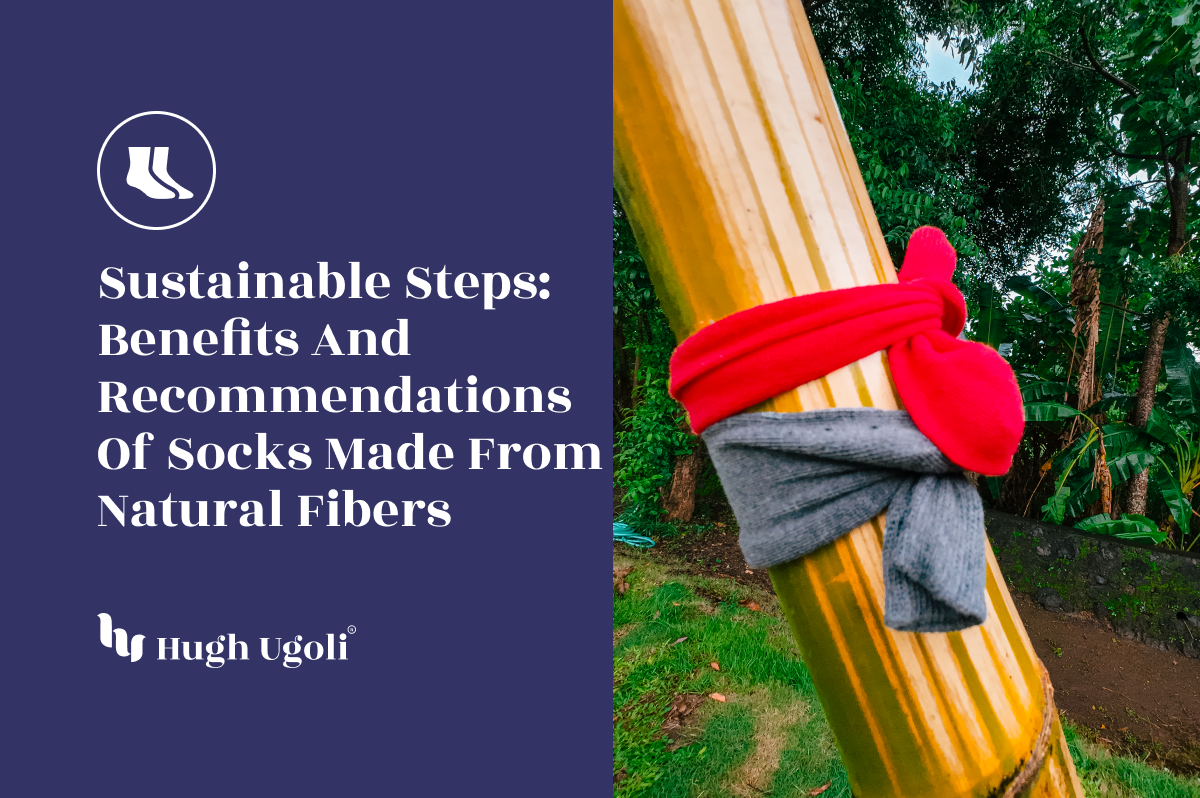When choosing between bamboo and cotton for kids' socks, it's essential to understand the unique benefits of each. Bamboo socks are incredibly soft, eco-friendly, and offer excellent moisture-wicking abilities, making them ideal for sensitive skin and reducing the risk of irritation. Additionally, bamboo requires less water for production, making it a more environmentally friendly option. On the other hand, cotton socks are durable, breathable, and handle wear and tear well, providing comfort and longevity. Both options have strengths, but your child's needs and skin sensitivity should guide your choice.
Bamboo’s Eco-Friendly Nature
Bamboo fibers are naturally breathable, moisture-wicking, and incredibly soft, perfect for children with sensitive skin. Additionally, bamboo production consumes less water, making it a top eco-friendly option. This material also offers antibacterial properties, reducing odor and keeping feet fresh throughout the day.
Durability and Strength of Cotton
Cotton socks, known for their durability, withstand heavy wear and tear, making them a great choice for active kids. They're also breathable and provide warmth in colder conditions. Cotton socks are versatile and suitable for daily wear, balancing comfort and reliability.

Key Benefits of Bamboo Socks
Bamboo socks are perfect for children with sensitive skin. The natural fibers of bamboo are hypoallergenic, meaning they won’t cause irritation or discomfort. Moreover, they offer incredible softness and are lightweight, making them suitable for warm-weather use. Another significant advantage is that bamboo is a renewable resource, meaning you’re not only providing comfort for your child but also making an environmentally conscious choice.
Why Choose Cotton Socks?
While bamboo is soft and eco-friendly, cotton socks are known for their toughness. For children who are more active, whether playing sports or just running around at school, cotton socks provide durability. Cotton’s natural ability to wick away moisture and absorb sweat ensures that your child’s feet remain dry, even during intense activities.
Which Material is Better for Your Child?
Ultimately, both materials have unique strengths. For sensitive skin, bamboo socks might be the better option, while for children with a more active lifestyle, cotton socks offer more durability. Choosing the right socks comes down to your child’s specific needs and preferences, but knowing the advantages of each material will help make an informed decision.
















